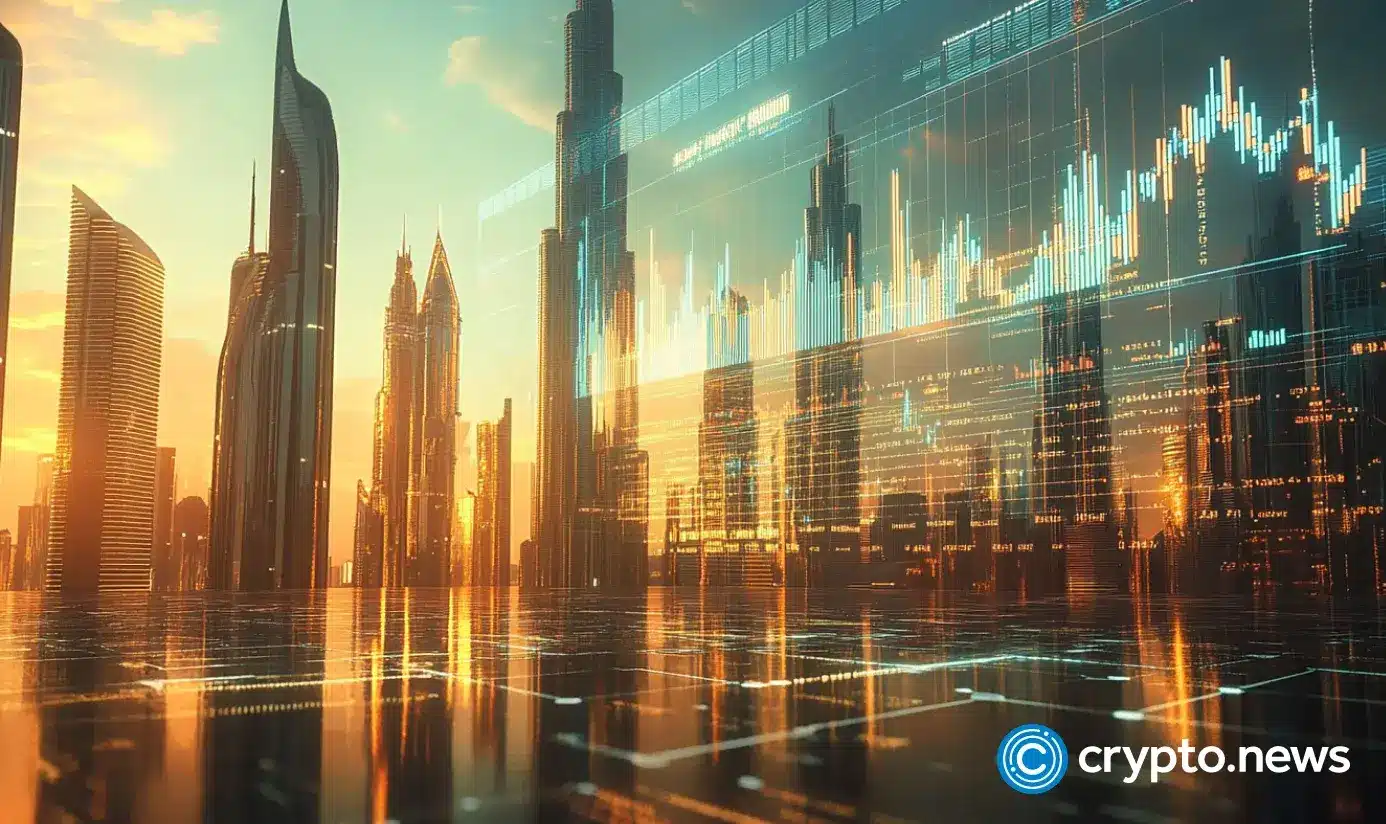Investing in MENA’s crypto future: Opportunities and challenges | Opinion
08/30/2024 18:13
The Middle East offers a conveyor belt of highly attractive opportunities for targeted investments within the blockchain space.
Disclosure: The views and opinions expressed here belong solely to the author and do not represent the views and opinions of crypto.news’ editorial.
With a tech-savvy population, progressive regulatory frameworks, and ambitious government-led initiatives, significant strides are being made across the Middle East when it comes to nurturing blockchain and crypto innovation. This year, I had the pleasure of attending the Satoshi Roundtable and the Token 2049 summit in Dubai, two flagship gatherings on the global web3 events circuit. In addition to showcasing the latest milestones and breakthroughs across the web3 landscape, the events served as a celebration of the region’s rapid ascension as a thriving hub of web3 activity, and the energy in the air was palpable.
In recent years, MENA has earned a stellar reputation for hosting high-quality events, attracting the best and brightest across web3. Since the launch of Lemniscap seven years ago, we have been actively identifying and backing pre-trend narratives and up-and-coming web3 solutions, both from an infrastructure and consumer layer perspective.
The MENA region has presented exceptional investment avenues within emerging verticals, and as blockchain technology continues to evolve, the Middle East’s appetite for web3 growth will undoubtedly create a breeding ground for the most innovative and disruptive projects to thrive.
Phygital: The intersection of blockchain and physical assets
In my mind, one of the most intriguing investment plays in the Middle East is the ‘Phygital’ space, representing the confluence of blockchain technology with physical assets. This convergence has the potential to revolutionize industries such as real estate, art, and luxury goods—three sectors that are already booming across MENA. Blockchain’s immutable ledger and smart contract functionality provide a powerful framework for creating transparent and secure systems for managing and trading physical assets. For instance, tokenizing real estate on blockchain platforms allows for fractional ownership, making it easier for investors to buy and sell shares in high-value properties.
In a region where real estate investment is a major driver of wealth, particularly in countries like the UAE and Saudi Arabia, this is opening up a world of opportunities for smaller investors who may not have had access to such high-value assets previously. We’ve seen how the UAE’s real estate sector is benefiting from deployments of blockchain technology, with properties being bought and sold using Bitcoin (BTC), which provides international investors with a more seamless and transparent way to invest in MENA property markets. Additionally, by tokenizing art and collectibles, owners can secure proof of authenticity, trace provenance, and even trade portions of high-value pieces—not only democratizing access to valuable assets but also reducing fraud, a key concern in these markets.
While there is substantial upside to the Phygital space, the infrastructure for seamless integration between digital and physical assets is still evolving. Secure and verifiable connections between blockchain-based digital tokens and their corresponding physical assets are challenging to establish, requiring reliable tracking systems, such as IoT devices or RFID technology. Ambiguity around legal frameworks and regulatory standards for tokenized physical assets may also restrict growth in the short term, but once these issues are ironed out, the Phygital growth trajectory will be expansive.
Web3 gaming
Governments in countries across the MENA region are actively fostering innovation within the gaming sector, recognizing the ‘first mover’ opportunity to accommodate web3 gaming platforms, which are ascending in popularity. These platforms empower players with real ownership of in-game assets by utilizing NFTs and play-to-earn models.
Dubai, in particular, has established its credentials as a leading hub for web3 gaming development, boosted by the recent launch of The Dubai Program for Gaming 2033—with a mandate to create 30,000 new jobs in the burgeoning sector. Gaming is one of the high-potential verticals in terms of crypto adoption among consumers, but it’s one of the most difficult ones to get right. Complex blockchain integrations, including slow transaction times, high gas fees, and difficult onboarding processes for non-crypto users, still hinder the overall web3 gaming experience. These barriers make it challenging for mainstream gamers to engage with web3 games, limiting adoption fully.
For example, high Ethereum transaction fees often deter in-game purchases or NFT trades, while complex wallet setups discourage casual users. However, with advancements such as Layer-2 scaling solutions and gasless transaction models, these issues can be resolved. Simplified onboarding through user-friendly wallets and seamless integration with blockchain infrastructure can significantly improve user experiences. Once these obstacles are overcome, web3 gaming can attract millions of players, unlocking massive opportunities for growth and player-owned economies. Looking ahead, we are excited to pursue exemplary investment opportunities that expand the realm of onchain gaming.
DePINs
Decentralized physical infrastructure networks represent another promising frontier for VCs surveying the web3 space across the Middle East, which is renowned for its vast energy resources, presenting unique opportunities for DePIN deployments—using blockchain technology to enable decentralized networks that support physical infrastructure.
With many Middle Eastern countries, such as Saudi Arabia and the UAE, investing heavily in renewable energy to diversify away from oil, VCs have a timely opening to back projects that could redefine how energy is managed and distributed in the region. Last year, a branch of Abu Dhabi’s Advanced Technology Research Council introduced a new blockchain-powered carbon tracking and trading platform, enabling companies to offset their carbon footprints more effectively and transparently, so there is clear buy-in at the highest level for blockchain-centric sustainability measures to take hold.
While DePIN is demonstrating exceptional promise, the success of DePIN projects in MENA will depend on the region’s ability to build and maintain robust physical networks that can support decentralized applications, which requires significant investment in physical assets and technology. The cost of infrastructure development will be high, and projects may take years to mature fully, but the roadmap for success is there.
From a VC perspective, the Middle East offers a conveyor belt of highly attractive opportunities for targeted investments within the blockchain space. The replication of initiatives like the UAE’s Digital Government Strategy 2025 across the MENA region will go a long way towards promoting digital and blockchain integrations across core government departments, which, in turn, will have a ripple effect across the rest of the tech and investor ecosystem.

Roderik van der Graaf is the founder of Lemniscap. Roderik has been providing strategic advisory to early-stage blockchain companies since 2014. He founded Lemniscap in Q4 2017 as an institutional-grade investment firm tailored to the nascent space. He has extensive experience across the financial industry spectrum—a body of work spanning over 20 years, including tenure at some of the world’s most renowned financial institutions.